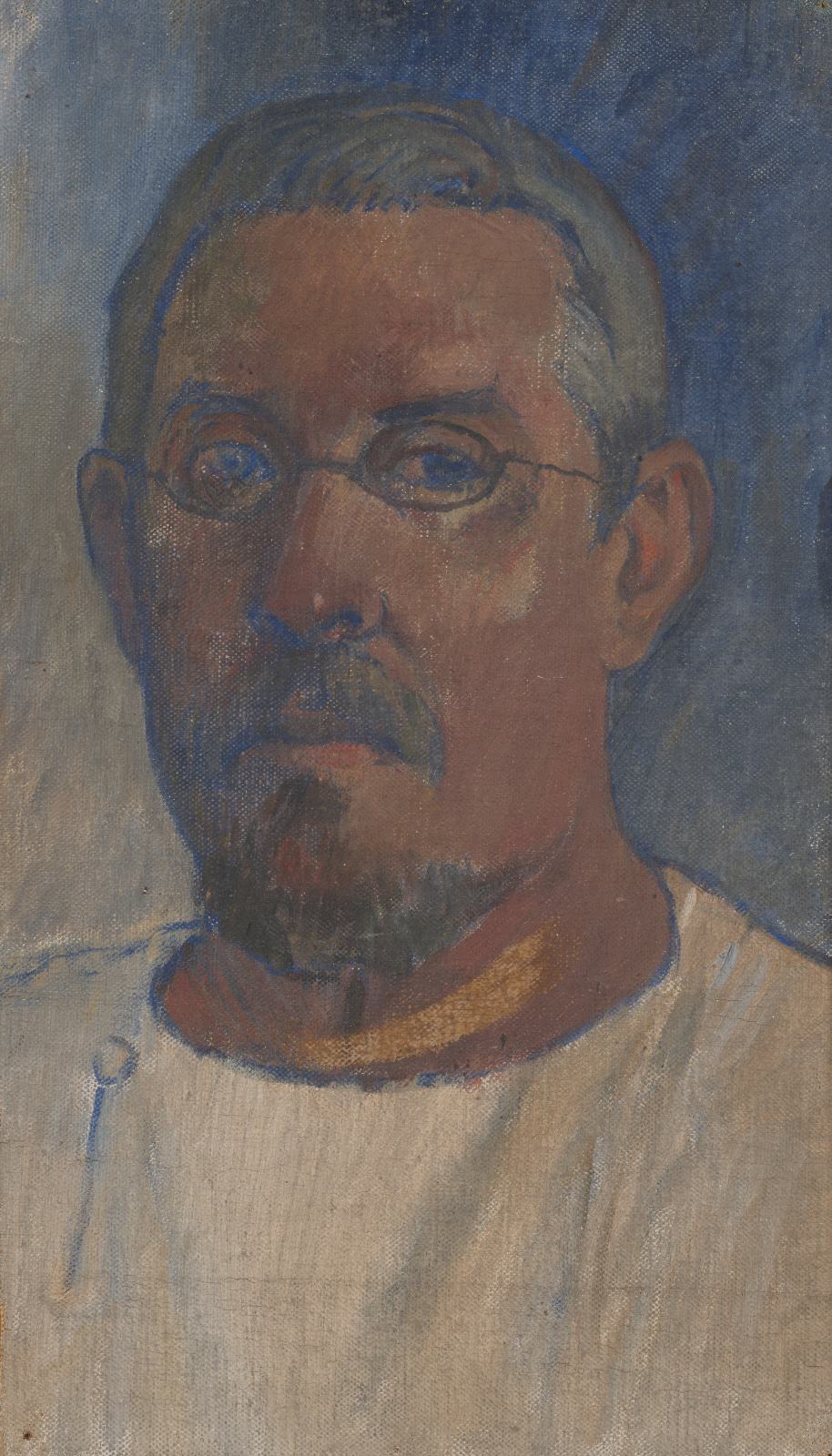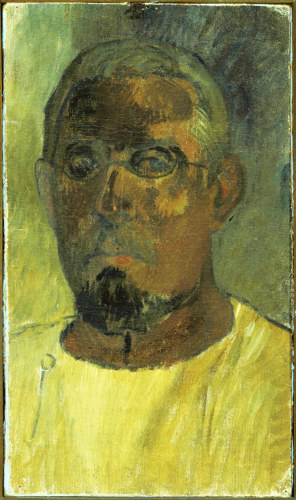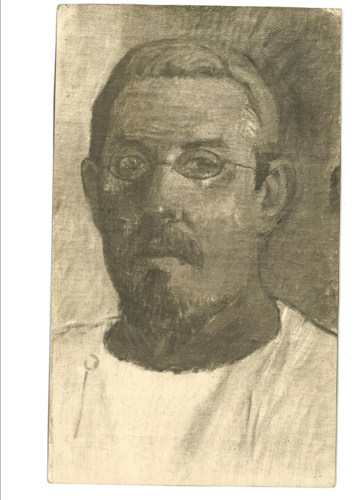Kunstmuseum Basel: A Real Gauguin or not?

The Kunstmuseum Basel has what is thought to be Paul Gauguin’s last self-portrait,
Portrait de l’artiste par lui-même (1903).
In response to recent questions concerning its attribution, the museum undertook an extensive investigation combining provenance research, art technological analysis, and international expert consultation. The investigation confirmed that the attribution to Gauguin remains valid. However, analysis also revealed that certain areas of the face were later retouched, sometime between 1918 and 1926.
In March 2025, the collector and Gauguin enthusiast Fabrice Fourmanoir approached
the Kunstmuseum to express his doubts concerning the authenticity of the self-portrait
Portrait de l’artiste par lui-même (1903) by Paul Gauguin, which has been in the
museum’s collection since 1945. Fourmanoir claims that all paintings by Gauguin dated
1903 are forgeries because the artist by that time was too ill to work. Gauguin died in
Atuona, the main village on the island of Hiva Oa, part of the Marquesas archipelago,
French Polynesia, on May 8, 1903. Fourmanoir conjectured that the work was painted
after a photograph of Gauguin by his friend and nurse Ky-Dong, né Nguyen Van Cam.
The museum’s provenance research and conservation divisions and the department of
nineteenth-century and modern art responded by subjecting the work to exacting
scrutiny from several angles. The picture’s authenticity had been called in question as
early as 1924, when it was to be sold at auction. In an exhibition at Kunsthalle Basel in
1928, it was then labeled a “mutmassliches Selbstporträt” (putative self-portrait.) In
1945, the painting was bequeathed to the Kunstmuseum; in the museum’s report on the
year’s accessions to the collection, the then director Georg Schmidt dedicated an
extensive and carefully considered study to the self-portrait that also addressed the well-known question marks over the work’s authenticity.

The provenance research division’s investigation reviewed the evidence provided by
Fourmanoir, assessed it, and conducted its own research to close gaps in the chain of
custody.
In the past few months, the painting also underwent art-technological examination by
the Kunstmuseum Basel’s conservation division. In addition to examination under the
microscope, several imaging technologies were applied: technical photography under
regular and UV light, infrared reflectography, and radiography. To identify the binders
and pigments in the primer and paint layer, microsamples were extracted and analyzed
in the art-technological laboratory at the Bern Academy of the Arts. The findings were
compared to published data on works from Gauguin’s final period.
Both investigations determined that the painting materials in the portrait essentially
match those in other works dating from around 1900. This includes both the support
medium and the pigments and binders, all of which were used in other works by
Gauguin as well. However, the findings also revealed that the sitter’s face—specifically,
the areas of the forehead, eyes, nose, chin beard, and throat—was later revised by
overpainting. When examined by UV light, the overpainting shows reduced fluorescence, possibly due to a different composition of the oil paints.

The analysis moreover found admixtures of titanium white in the overpainted areas.
This pigment was not available in artists’ supplies until after 1918, providing an earliest
possible date for the retouching. A photograph of the painting in the Kunstmuseum’s
collection that dates from 1926 already shows the present appearance. This allows the
overpainting to be dated to the period between ca. 1918 and 1926. The revisions may
have been occasioned by a planned sale.
In addition to conducting its own investigations, the Kunstmuseum Basel formally
consulted and had the work examined by the Gauguin Committee at the Wildenstein
Plattner Institute in Paris, an international panel of experts that has produced and edits
the digital catalogue raisonné of Paul Gauguin’s oeuvre. The committee confirmed that
according to their own independent findings, Portrait de l’artiste par lui-même is
unequivocally by Paul Gauguin, and accordingly, they continue to list in the catalogue
raisonné online (under the title Autoportrait aux lunettes).
As the investigation into the painting became publicly known, the Kunstmuseum was
moreover contacted by a scholar at the University of Leicester, Dr. Lorraine M. Paterson, who is working on a biography of the Vietnamese exile Nguyen Van Cam. She complemented the Kunstmuseum’s findings with new information on Gauguin’s close confidant and the work’s first owner.
In sum, the newly unearthed and reviewed information indicates the following: It is highly unlikely that the work is a later forgery. Rather, it is more likely that it was produced by Gauguin in 1903, possibly with the artist enlisting the help of Nguyen Van
Cam; on this last point, however, the evidence is inconclusive. Physical evidence shows
that the portrait was partially revised by a third party between 1918 and 1926. There is
no indication of an intentional forgery.
Images: Copyright: Bilddaten gemeinfrei - Kunstmuseum Basel Creditline: Kunstmuseum Basel, Vermächtnis Dr. Karl Hoffmann Photo Credit: Max Ehrengruber
